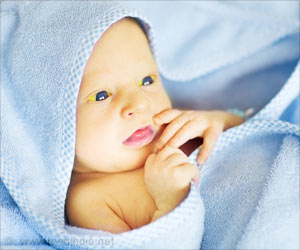A portable device has been developed to enable deaf-blind people to have face-to-face conversations. This is a new technological breakthrough.
A portable device has been developed to enable deaf-blind people to have face-to-face conversations. This is a new technological breakthrough.
The DeafBlind Communicator (DBC) consists of a Braille note-taker linked by Bluetooth to a mobile phone, and it allows the user to make phone calls using a text relay service and to communicate by SMS.The device has been made by assistive technology firm HumanWare, in partnership with the Washington State Office of Deaf and Hard of Hearing (ODHH) as well as several deaf-blind individuals.
Using the device, a deaf-blind person can have real time conversations in pubs and shops, with sighted friends or when conducting confidential meetings - for example with a doctor or solicitor.
With the Braille note-taker, a device also made by HumanWare called the BrailleNote, the deaf-blind person types a message into the device, which comes with either a standard Braille or QWERTY keyboard.
This is then delivered to the screen of the mobile handset, which has special software installed on it, and the person responding then types a message back using the handset's QWERTY keyboard.
When the mobile phone is first handed to a new speaker, it uses a voice message to inform them that the person using the equipment is blind and unable to hear.
Advertisement
Once the sighted person has pressed the return key, a message is sent to the BrailleNote, the deaf-blind person replies and so the exchange can continue.
Advertisement
The DBC also gives deaf-blind people access to SMS text messaging, which has become one of the most commonly used forms of communication.
The deaf-blind person simply needs to purchase a SIM card from a mobile network operator in order to activate the service.
The device also contains some more advanced applications, which are ordinarily hidden from new users in order to reduce complication.
These include a word processor, a planner, an e-mail client, an Internet browser and a digital book reader.
As and when the deaf-blind person feels ready to use them, they can be activated easily and quickly.
The DBC can also use instant messaging services like Google Talk.
"Imagine the freedom that comes from being able to communicate with nearly anyone, anywhere," the BBC quoted HumanWare's Jim Halliday as saying.
"The DBC finally gives this capability to people who are both deaf and blind," he said.
The DBC costs between 4,400 pounds and 5,400 pounds depending on the size of Braille display required.
Money to purchase the device could be obtained from the government's Access to Work fund if the deafblind person is in work, and those in education could also get help with the cost.
Source-ANI
ARU








